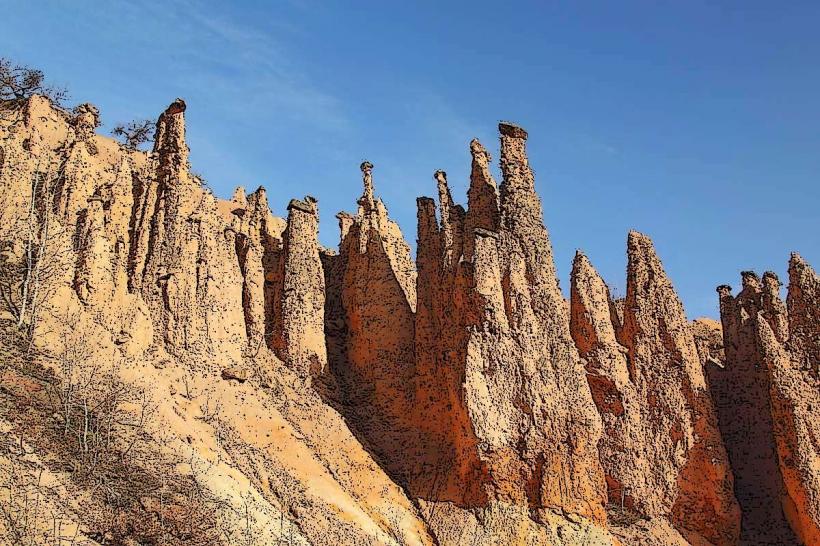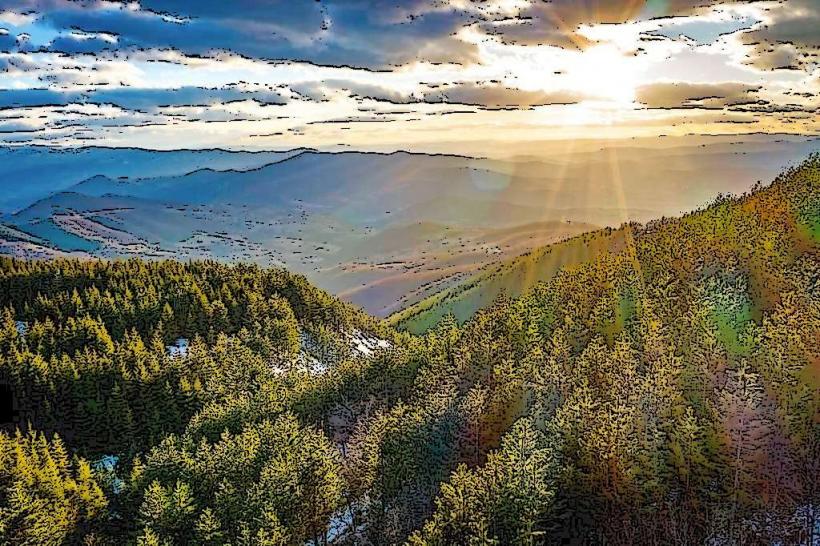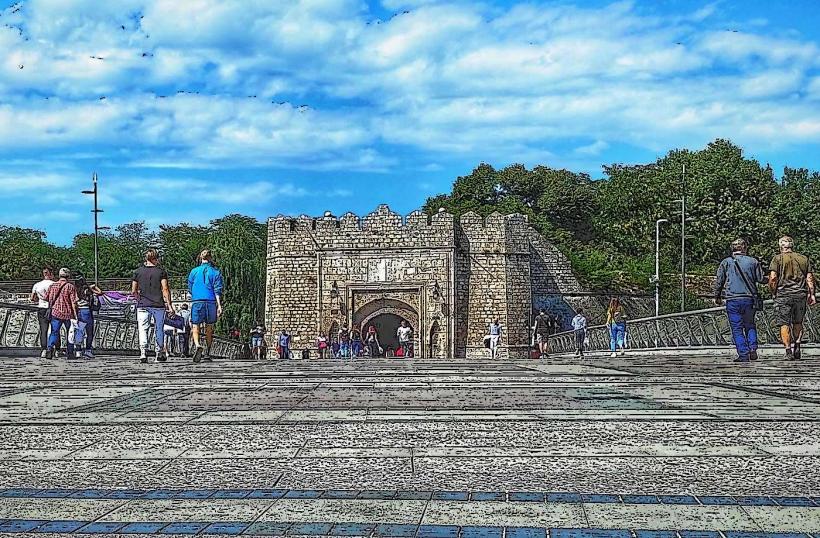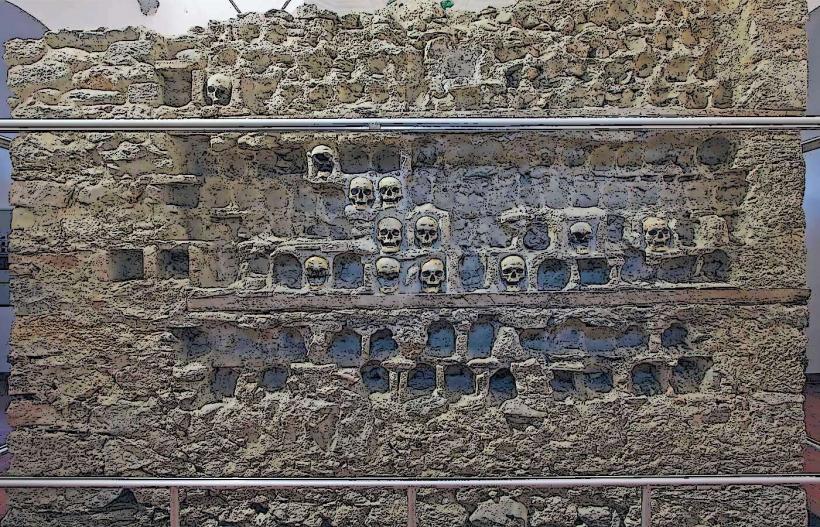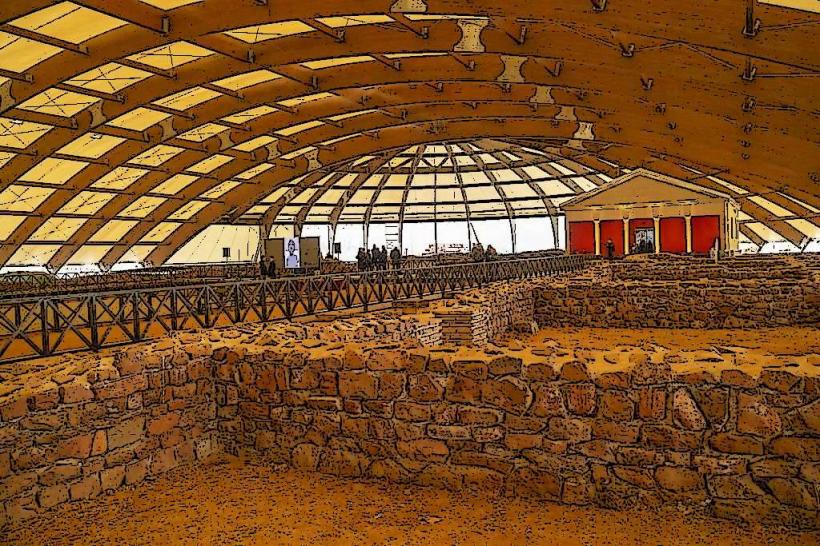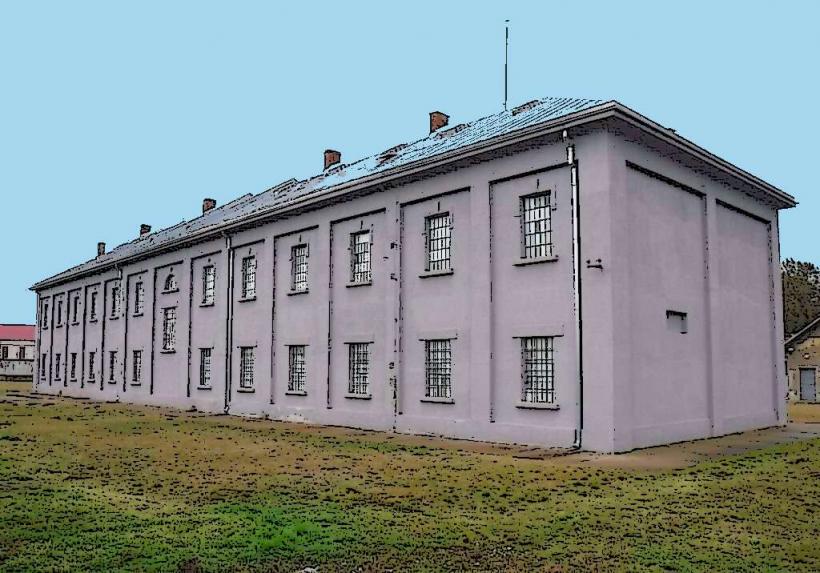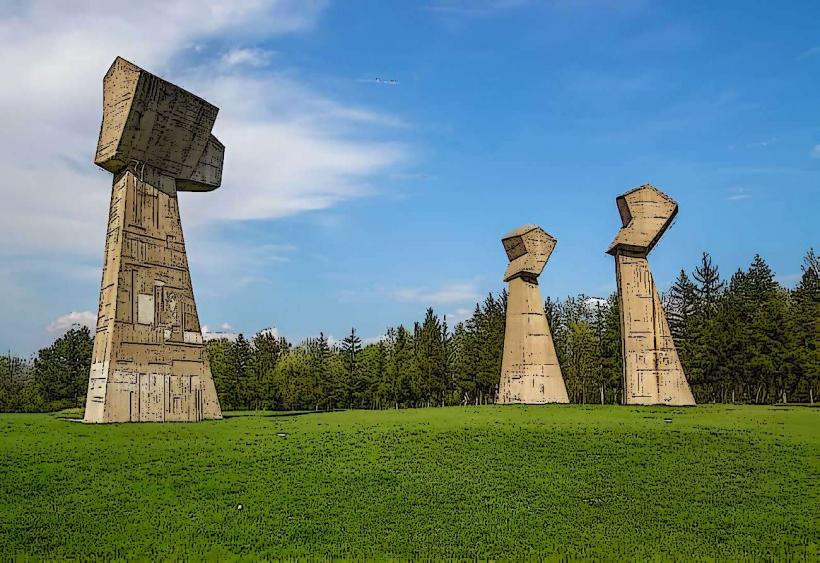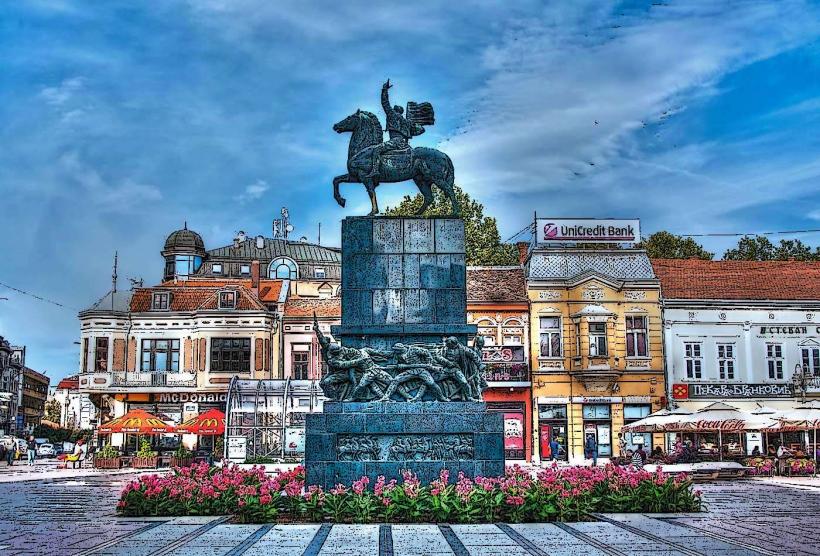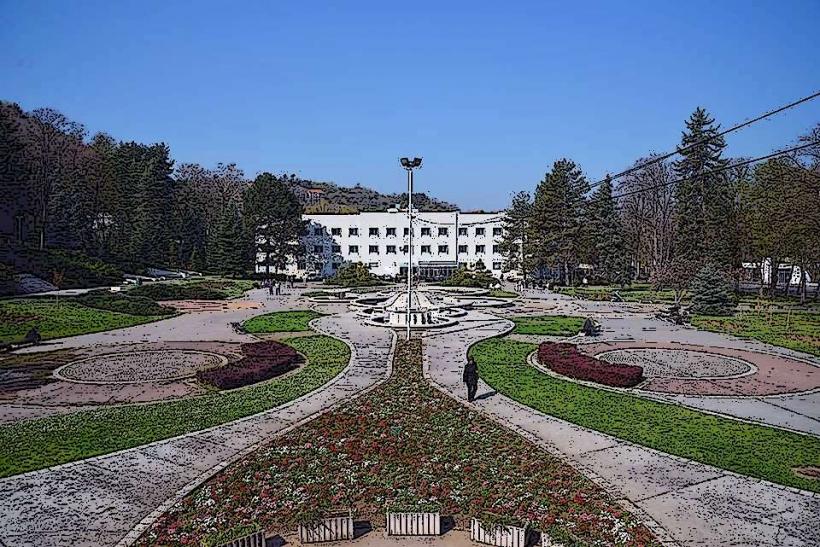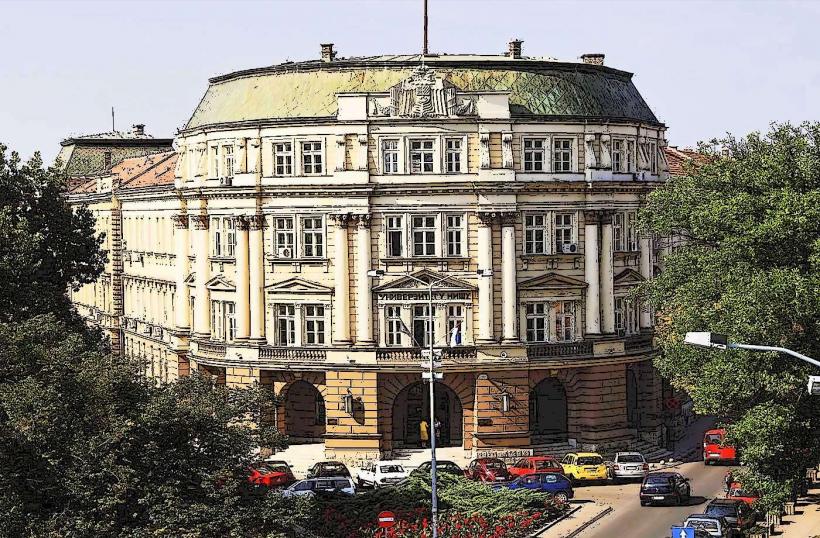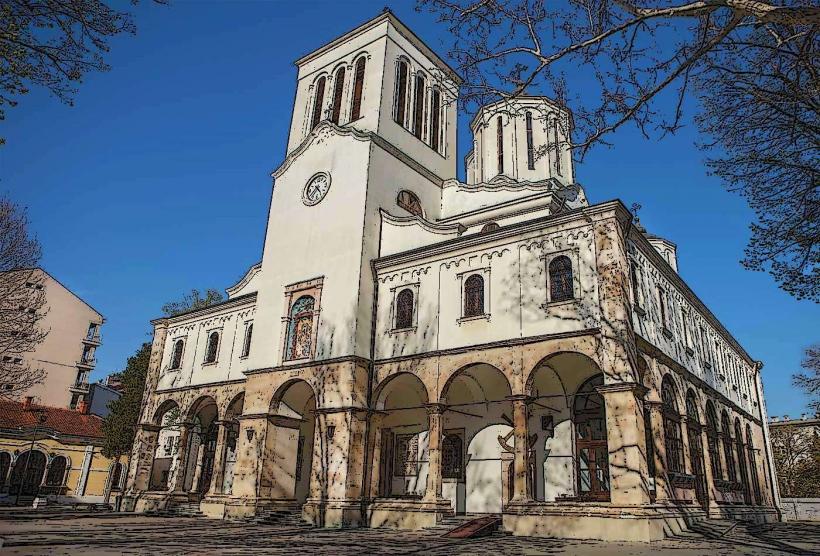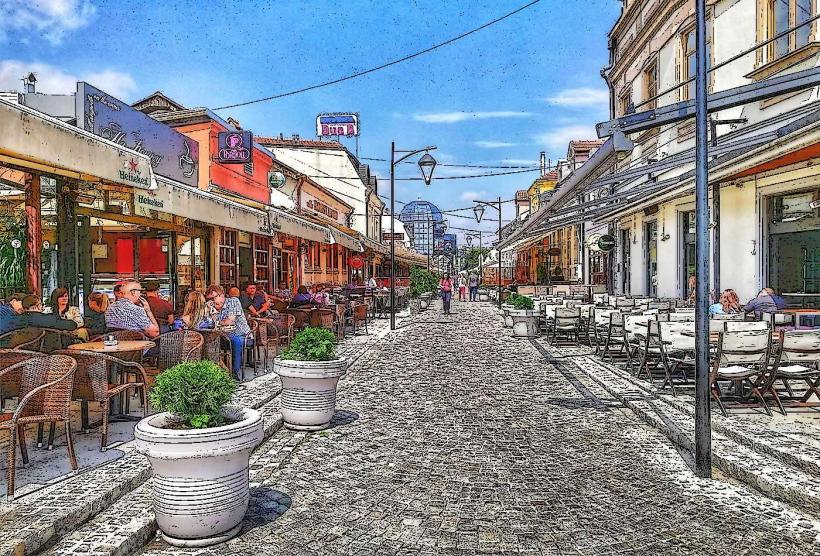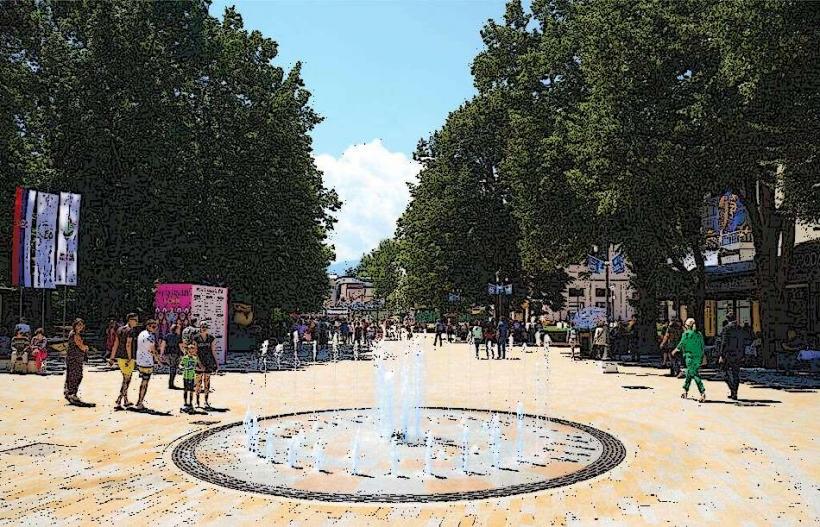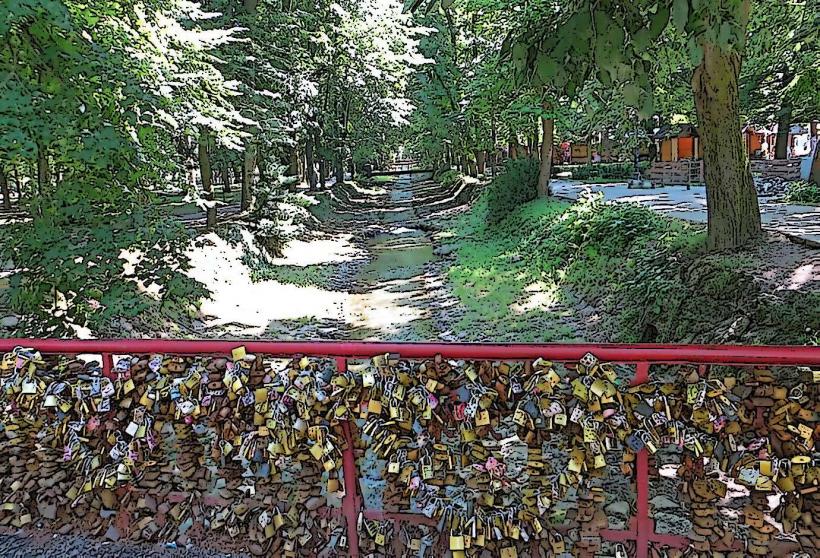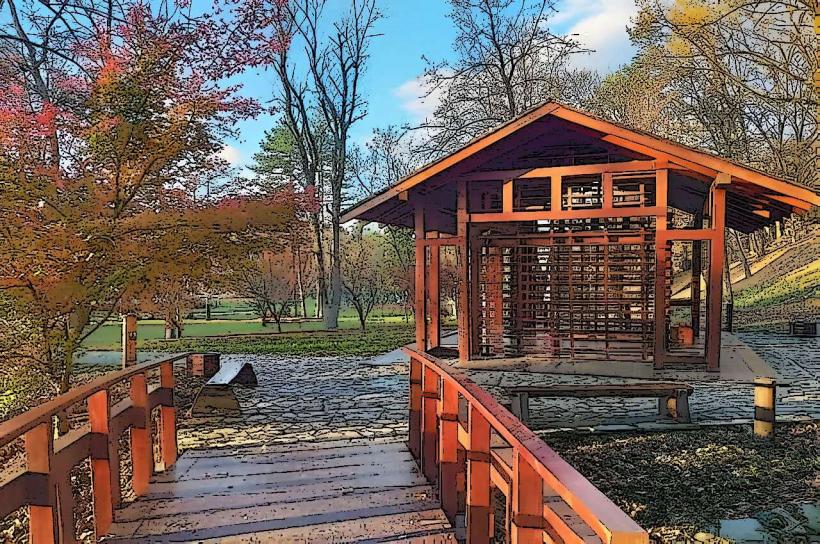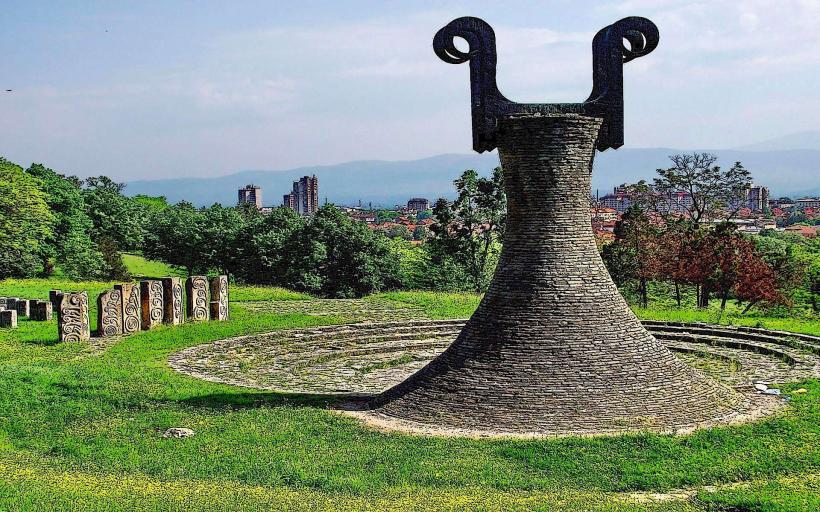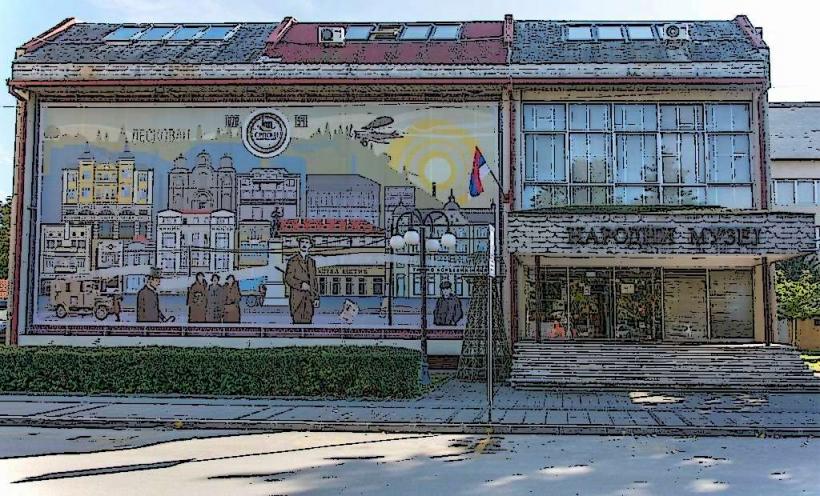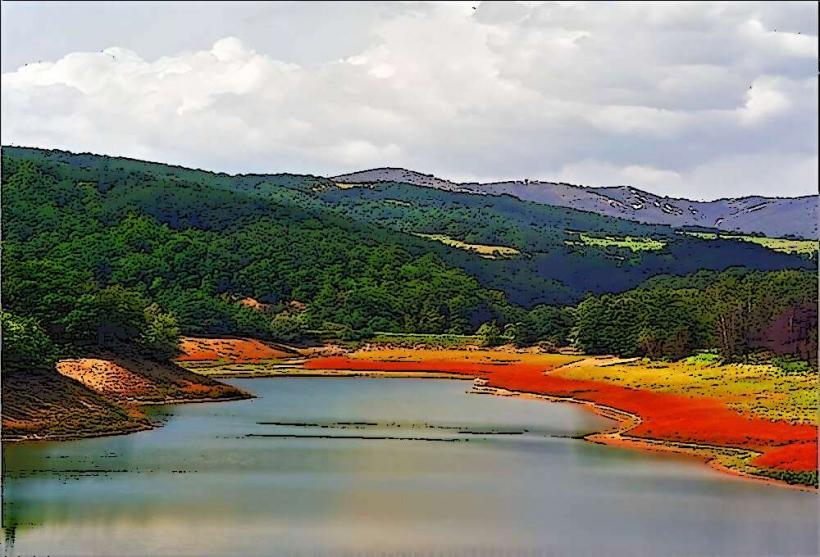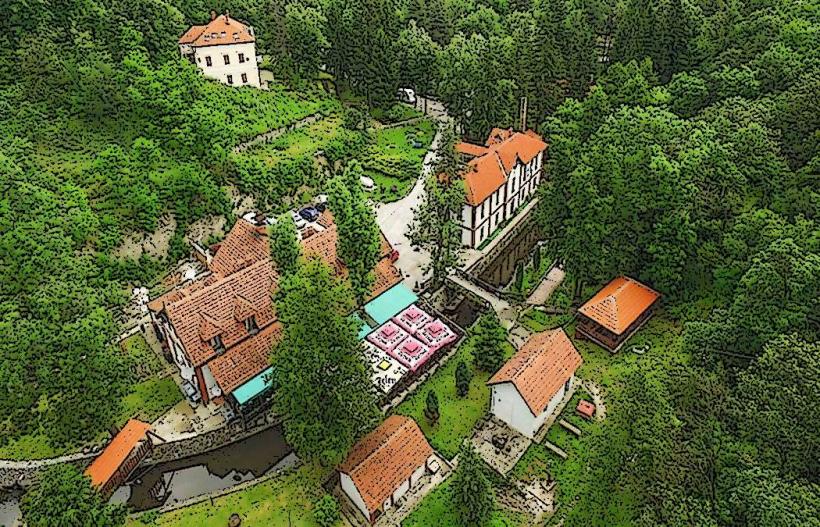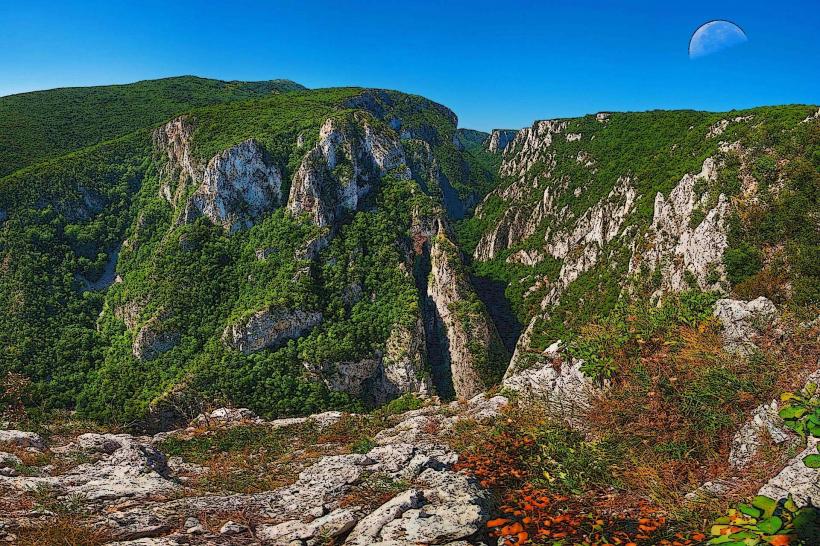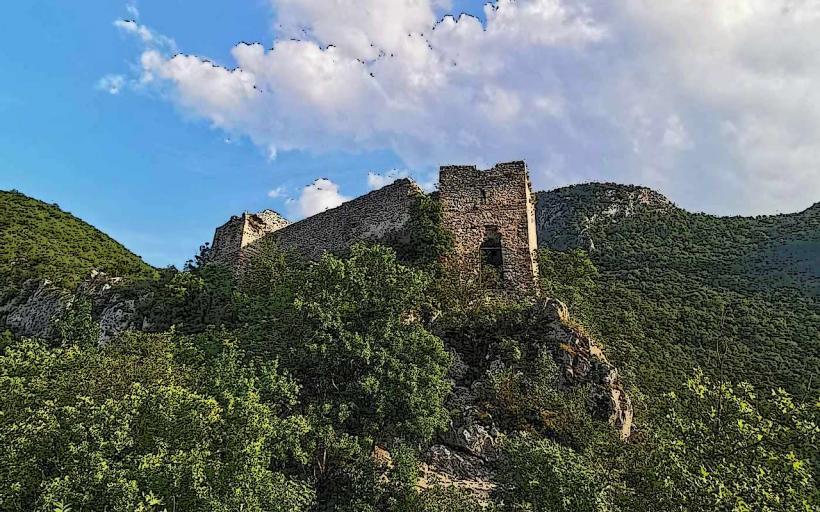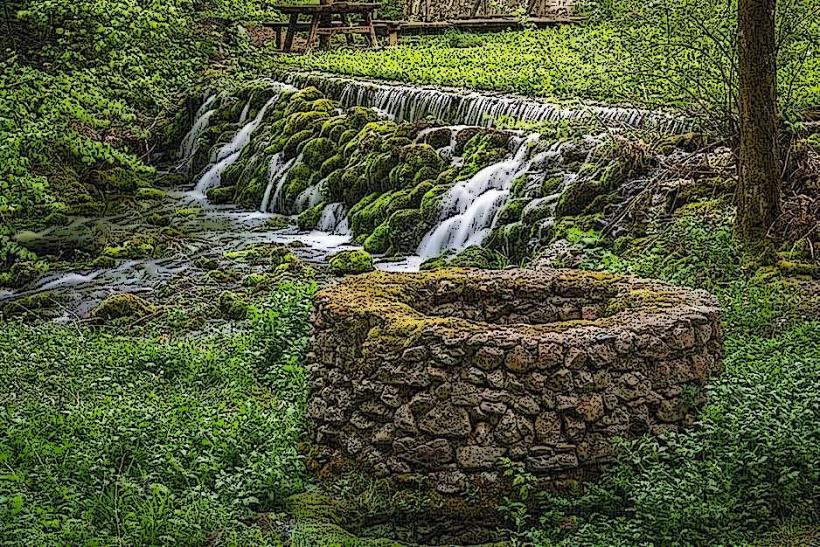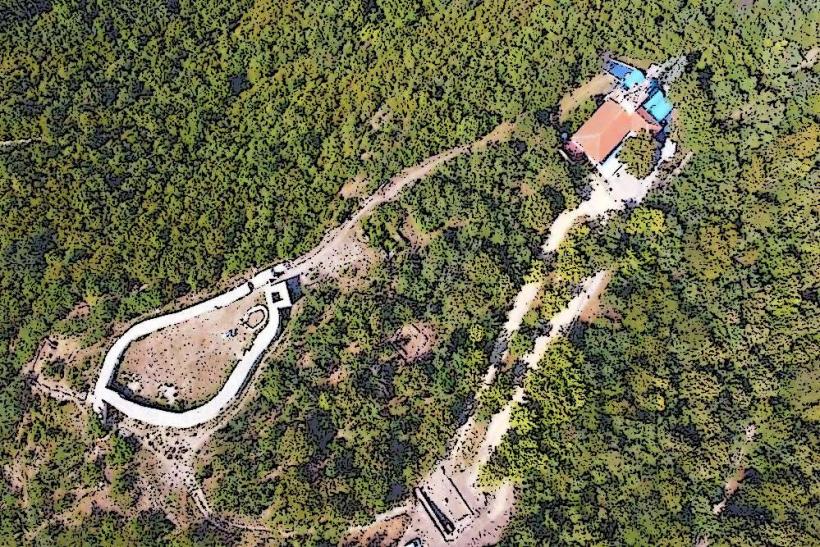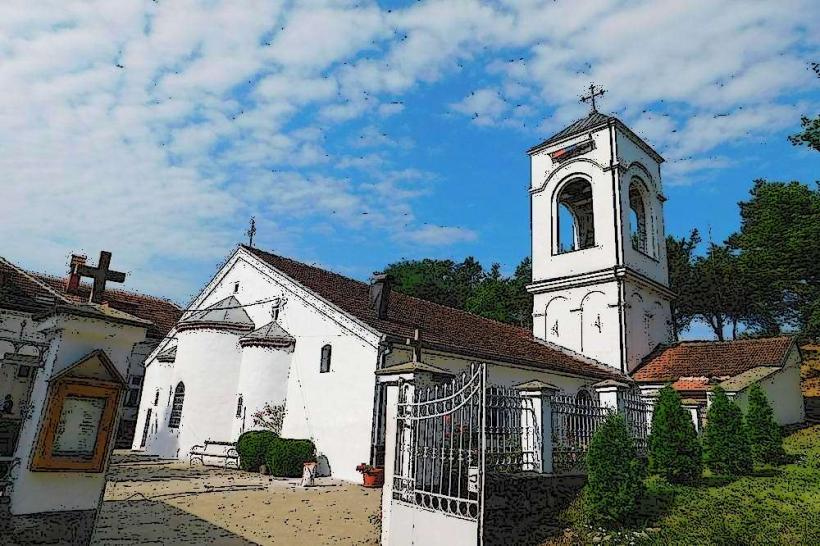Information
City: NisCountry: Serbia
Continent: Europe
Niš is one of the oldest cities in Europe, with a history that dates back over 2,000 years. Located in the southern part of Serbia, it is the third-largest city in the country and serves as a major cultural, industrial, and educational center. Niš is often called the “Gateway to the Balkans” due to its strategic location at the crossroads of major historical trade and military routes.
Geography and Climate:
- Location: Niš is situated in the Nišava River Valley, surrounded by hills and mountains, offering picturesque landscapes. It lies around 240 kilometers southeast of Belgrade.
- Topography: The city is built at the foot of the Southeastern Morava mountain range and is divided into the northern and southern parts by the Nišava River.
- Climate: Niš has a continental climate, with hot, dry summers and cold, snowy winters. Spring and autumn are mild, providing pleasant conditions for outdoor activities.
Population and Demographics:
- Population: Approximately 260,000 inhabitants, making it the third-largest city in Serbia.
- Ethnic Composition: Predominantly Serbian, with minority groups such as Roma, Bulgarians, and Albanians.
- Languages: Serbian is the official language, and many people also speak English, especially younger generations and those in tourism-related industries.
- Religion: The majority of the population is Eastern Orthodox Christian, with a smaller Muslim minority, as well as Roman Catholics.
Economy:
Industrial Center:
- Niš has a long history as an industrial city, with a focus on manufacturing, particularly in the fields of textiles, metallurgy, and electronics.
- It also has an active agriculture sector, with fertile lands producing grains, fruits, and vegetables.
Trade and Commerce:
- Due to its location, Niš has historically been an important trade center, facilitating the exchange of goods between Central Europe, Balkans, and the Middle East.
- In recent years, Niš has been investing in modernizing infrastructure to attract foreign investment and boost its economy further.
Tech and Innovation:
- The city has seen growth in the IT and technology sectors, with several tech companies and startups emerging in recent years.
- The Niš Industrial Zone and Nišava Valley are key areas of economic development.
Culture and Lifestyle:
Cultural Heritage:
- Niš is known for its historical significance, as it was once part of the Roman Empire and has been ruled by various powers over the centuries, including the Ottoman Empire.
- The city preserves this rich cultural heritage through its museums, cultural institutions, and local festivals.
Cuisine:
- The cuisine of Niš is rooted in Balkan and Mediterranean influences, with dishes like ćevapi (grilled minced meat), sarma (stuffed cabbage), and ajvar (pepper-based relish) being staples.
- The city's proximity to Bulgaria and Greece adds some regional flavors, such as baklava and shopska salad.
Arts and Festivals:
- Niš has a lively cultural scene, with numerous events celebrating music, theater, and film.
- The Nišville Jazz Festival is an annual event that attracts international performers and jazz enthusiasts. Other festivals include Niš Film Festival and Balkan Festival.
Nightlife:
- Niš has a vibrant nightlife, especially in the center of the city, with a range of bars, cafes, and nightclubs. The Nišava River area is a popular spot for evening gatherings, offering a variety of social spaces.
Education and Innovation:
- Niš is home to the University of Niš, a significant academic institution that offers various faculties and programs, attracting students from across Serbia and the region.
- The city has a growing innovation and entrepreneurial ecosystem, with several initiatives supporting startups and tech businesses.
Transportation:
Public Transport:
- Niš has a well-established public transport system, including buses and trolleybuses that connect various parts of the city.
- Taxis and private car services are widely available for easy transportation.
Rail:
- The city is an important railway hub in Serbia, with direct connections to Belgrade, Skopje, and other regional cities.
- Niš Railway Station is a central point for both domestic and international trains.
Air Travel:
- Niš Constantine the Great Airport serves as the city's main gateway, offering flights to Europe and other destinations.
Roads and Highways:
- Niš is strategically located at the intersection of important highways, including the E75 corridor connecting Belgrade to Thessaloniki in Greece.
Urban Development and Challenges:
City Growth:
- The city has been undergoing significant urban development in recent years, with modern infrastructure and residential areas being built to accommodate the growing population.
- However, like many growing cities, Niš faces challenges such as traffic congestion and the need for sustainable urban planning.
Pollution:
- Industrial growth and vehicle emissions have contributed to air pollution, though efforts are being made to address these environmental challenges through cleaner energy solutions and urban green spaces.
People and Lifestyle:
- Hospitality: Niš is known for its friendly and welcoming people, who are proud of their cultural heritage.
- Lifestyle: The city has a laid-back lifestyle, with a mix of modern and traditional elements. Locals often gather in cafes and outdoor spaces, and there is a strong sense of community.
Surrounding Region:
- The surrounding area is rich in natural beauty, including the Sićevo Gorge, Stara Planina, and Jelasnica Gorge, offering opportunities for hiking, nature walks, and outdoor recreation.
- The city is also a gateway to exploring the historical and natural landmarks of the region, with numerous monasteries and fortresses nearby.
Niš is a city that blends its ancient history with modern energy, offering a unique cultural experience, a thriving economy, and a welcoming atmosphere for visitors and residents alike.

